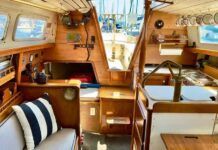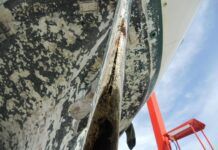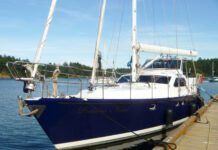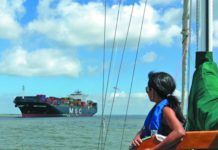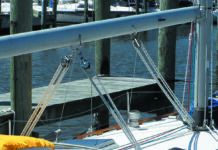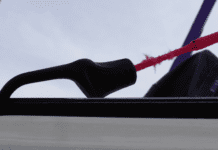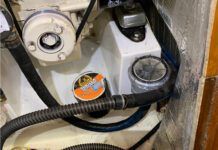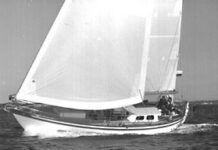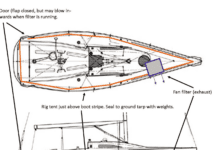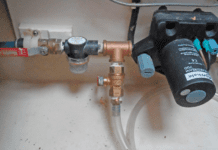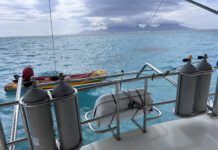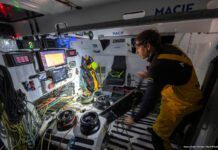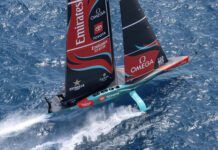
In 2005 a colleague from the USNA Sail Training program and I participated in an on-the-water Crew Overboard Rescue Symposium on San Francisco Bay. It drew from a nation-wide array of professional sail trainers, yacht club sailing program directors, safety equipment manufacturers and retailers, plus recreational sailors from up and down the West Coast. Days on the water spent rescuing volunteer MOB victims were followed up with late afternoon summary sessions (see “Slings, Scoops, and Ladders,” PS January 2006 )
The reoccurring problem seen on the water was a widespread inability to stop or even slow down near the person in the water (PIW). Boats approached with too much speed, often on a sailing angle that made depowering impossible. The net result was a overabundance of “flybys” and the need to set up for another approach.
Veteran Lifeguards solve the problem of bridging the gap with a slogan “reach-throw-row-go.” It defines priorities, and with a slight change this mnemonic tool can help sailors approaching a PIW. The sailor’s version of the slogan becomes reach-throw-tow- (and perhaps go).
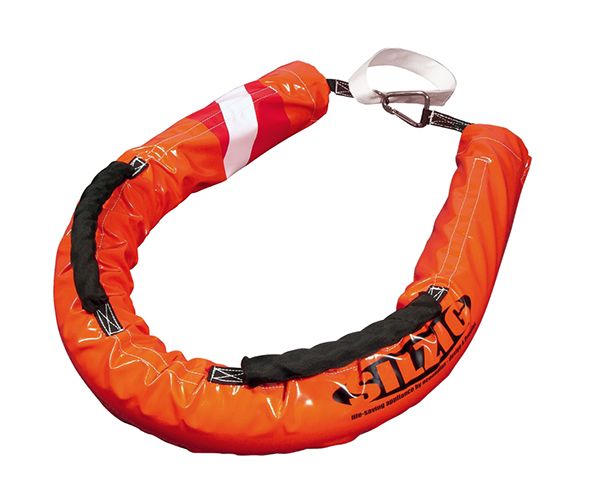
The reach aspect can be a hand grab or a boat hook extended to the PIW. The throw aspect is what Le Cam settled on and put to good use. He grabbed his stern mounted SILZIG buoy and used it as a heaving device. His first toss bridged the gap between Kevin Escoffier’s life raft and his IMOCA 60. Slack line was pulled up and both sailors heaved on the line to bring the raft closer to the stern of Yes We Cam. The raft and stern surged in the seaway and agile Escoffier timed it right making his transition to safety.
The SILZIG buoy is a towable and throwable rescue buoy that has caught on in Europe the way the Lifesling has captured the interest of U.S. sailors. It seems more home-brew than high tech, but some of the best innovations come from such lineage. At the 2005 San Francisco safety training event mentioned above, a creative crew were showing off a prototype that they branded as the Noodlevator (see photo at left).

Apparently, the development process didn’t go as well as the SILZIG buoy. But it does remind us that a life ring on a line is a very effective, throwable rescue device. A Lifesling is a very good towable device. The question is does the SILZIG buoy offer both attributes? During the summer we will take a close look at towable and throwable MOB candidates and come up with some useful observations.




